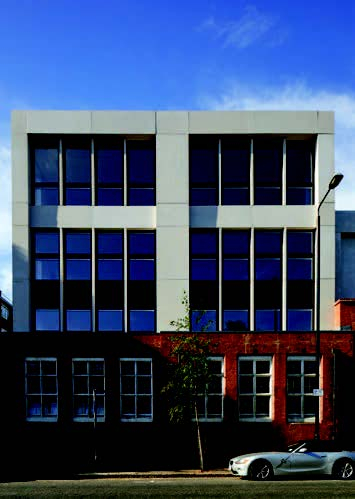
When this East London primary was unable to expand into nearby land, it decided the only way was up.
Gatehouse School is an independent primary school and nursery in inner-city East London, originally built in 1901. Because of failed attempts to purchase adjacent land for extension purposes, Child Graddon Lewis (CGL) identified a design solution that was previously unimagined and has now ultimately exceeded the school’s expectations. Their designs for a vertical expansion and extensive internal refurbishment is complementary to the charm of the original building.
Completed 2 years ago the £8m project was strongly supported from the outset by Tower Hamlets Council.
Located amidst a clutch of social housing estates, it demonstrates a maximisation of space that has now enabled the school to address its growing waiting list and cater for rising pupil numbers. It now has three form entry – an increase of its education offer by a third.
Outstanding new facilities for its pupils
CGL’s design includes 15 new classrooms, a flexible performance space, a welcoming new entrance and reception, music suites, library, kitchen, additional hall space and a consolidated nursery centre.
The design
Uncovering the past
The design harks back towards the building’s original architectural language as a starting point. By researching its heritage, CGL uncovered that bomb damage had destroyed two large, three-storey towers. They had been constructed at either end to create a distinctive bookend typology, bridged by the primary focal point of the Main Hall. Despite the character of the original elements of the building still resonating in many places, the overall composition of the existing school had therefore understandably been compromised by a response to this damage with incremental alterations over the years. The relationship between the school and a neighbouring housing block to the east was also unsatisfactory.
A contemporary reimagining of a Victorian Building
This inspired CGL to use the existing Victorian foundations and rebalance the elevations, extending the eastern end to provide an additional three storeys of classrooms.
The creation of a new performance space above the existing main hall then formed a coherent relationship between a previous extension to the west and the new extension to the east. This reinstated the bookend form, creating a gradual step in height to the taller adjacent housing block, establishing a stronger relationship with the neighbouring buildings to the south and east.
Falling in line with the project’s principles to respect and complement the original building, the new elevations reference the original windows by continuing their alignment and rhythm. This further contributes to the richness of the school’s historic architecture without attempting to replicate it.
To enhance the contrast between the old and new, a light, smooth textured material (GRC) is used, providing a physical and visual hierarchy against the coarse textured red brickwork. This also gives reference to the original stone work detailing.
Imaginative functionality
Ian Givin, Associate, CGL, states, “Challenged with a constrained urban site we sought to intensify the existing building to create a more efficient use of the site whilst being guided by the original form of the building.The new layout and facilities created by this project have transformed the school".
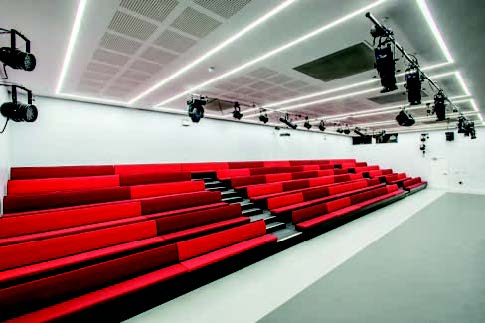
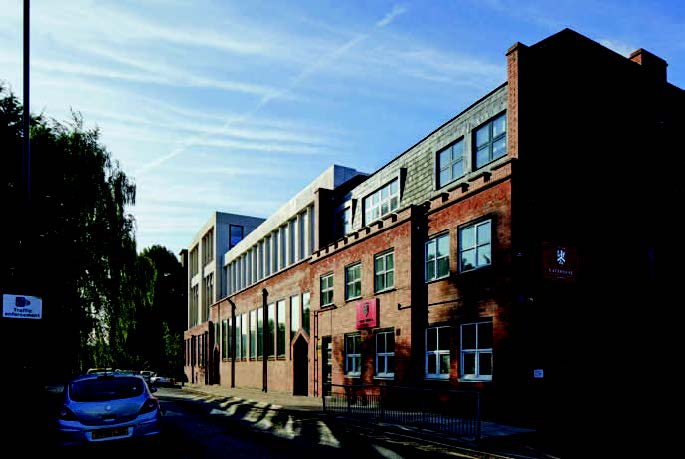
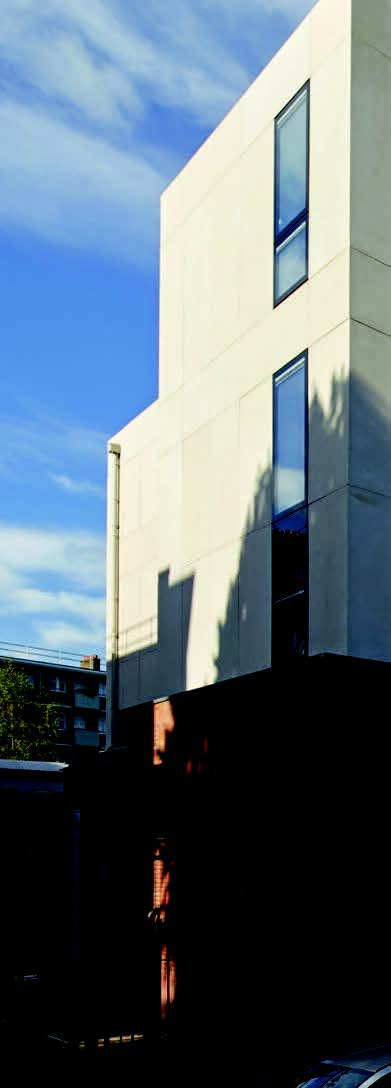
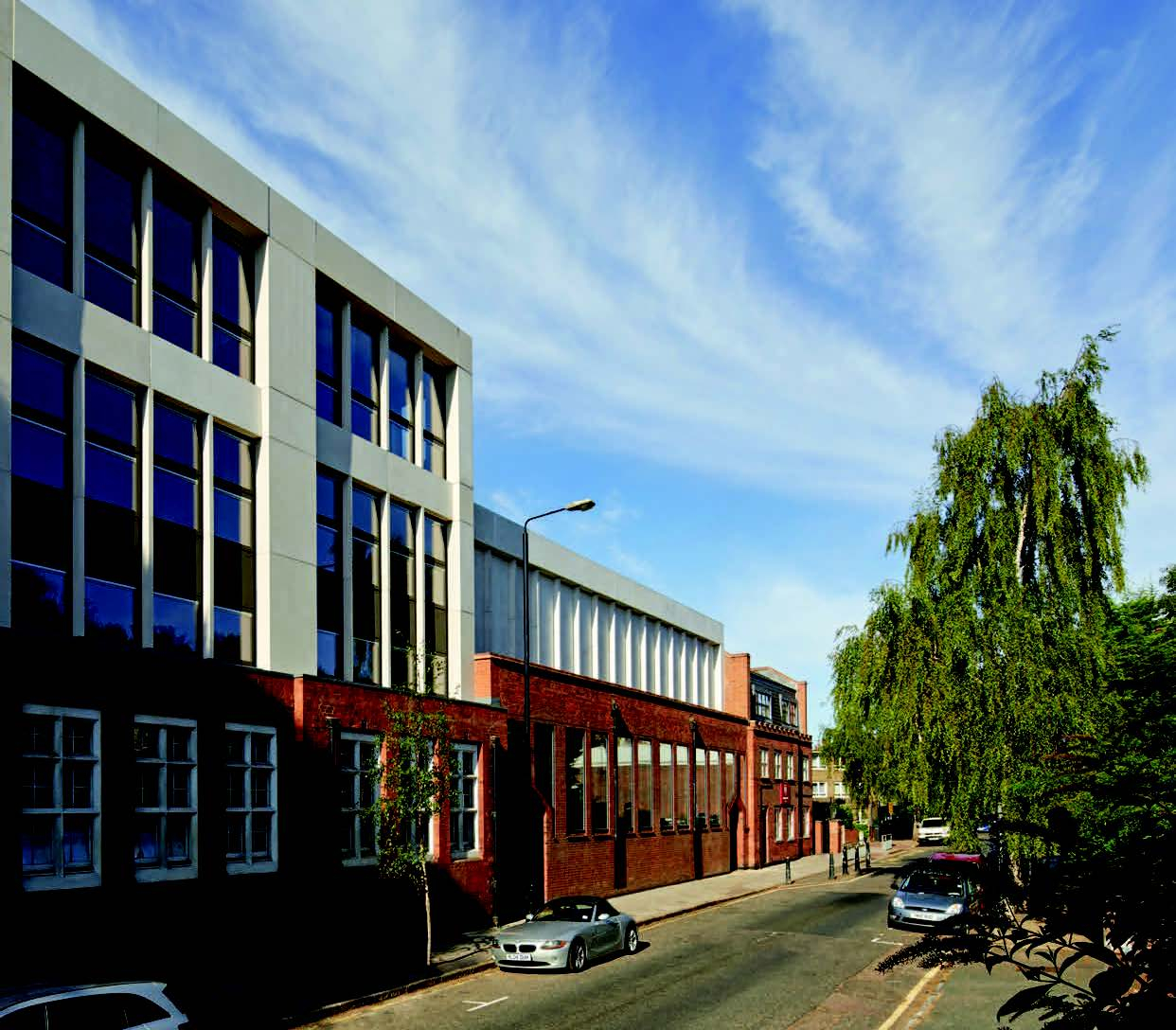
The performing arts space has retractable seating that allows for great flexibility. It now caters for assemblies, exams and after-school activities amongst a number of alternative functions.
The new kitchen allows for the offer of hot meals for the first time.
Givin adds, “Extensive rearrangement of the internal layout sought to rationalise the school’s day-to-day operation. Classrooms were arranged per year group with younger pupils starting at lower floors and rising higher up the building as one moves up through the years. Greater flexibility and adaptability of spaces enable to school to operate more dynamically, encouraging teachers and pupils to move away from more traditional approaches”.
Sevda Korbay, Deputy Head, Gatehouse School, said: “The children are really enjoying their classes as a result of the new rooms, enabling them to work more collaboratively, developing key skills such as learning, communication and negotiation.
“Movement around the building has improved immensely and our students are enjoying the experience of going from class to class in a subject-based learning environment.”
Minimising disruption
Despite the initial projection of staggering the expansion over three stages, CGL compressed this programme into two phases and delivered the project significantly ahead of schedule – all without disrupting the school’s day-to-day operations.
“Sensitive logistic planning enabled the school to remain fully functional during construction without the need for decant or temporary facilities. Primary and noisy works were carried out during the school holidays, with minor works and site deliveries focused towards very selected times.”
James Bishop, Bursar, Gatehouse School, added: “CGL’s specialist understanding of how schools operate helped immensely with the building process. Not only did they achieve an inspirational design, they unlocked a way of delivering it without interrupting the day-to-day business of the school.
“We are extremely proud of what has been achieved by completely transforming Gatehouse School. This is thanks to the vision and experience in design and logistic planning of CGL.”